Air scrubber when processing waste
During the processing of waste (e.g. household waste, RDF, sludge) often annoying odours are released. Air Solutions Holland neutralizes this odour and stench pollution with the help of a chemical scrubber. An air scrubber also known as a washer is a cleaning installation in which the air flow is brought into intensive contact with a washing liquid. The purpose of this kind of installations is to let the odour components (often gaseous particles that cannot be separated with a filter) react with a chemical from this air stream and transfer them to the washing liquid. Air Solutions scrubbers are therefore often used as an emission limiting technique for a lot of gaseous emissions.
The extent to which gaseous components can be transferred to the liquid phase depends on the solubility of these components in the washing liquid, temperature often also plays an important role. By adding chemicals to the washing liquid, the harmful components are often converted into other substances, which eventually dissolve more easily in the liquid. Adding chemicals that can react with the gases to be absorbed therefore considerably increases the efficiency of the scrubber. In addition to water (wet scrubbers), organic liquids are also used as absorbers to convert or neutralise the gases dissolved in the liquid.
In practice, an air scrubber consists of three parts: a contact surface for air-water exchange, a droplet eliminator and a recirculation tank with pump. In most cases the gaseous impurities react to form a salt, which easily dissolves in water. Because of this salt formation, all Air Solutions air scrubbers are made of industrial plastics (HDPE, PP and PVDF). The residual product of an air scrubber is therefore often a salt solution, which is discharged or evaporated for reuse.
Air Solutions Holland has experience with the following different gas scrubbers in the waste processing industry:
Quality marks:
- ISO 9002
- CE
- KIWA
- VLAREM
- DVS welding certification
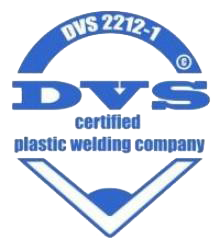
DVS
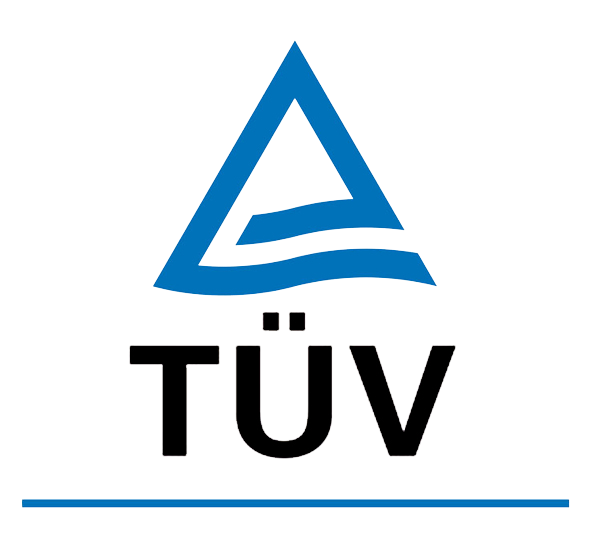
TUV

KIWA

ISO
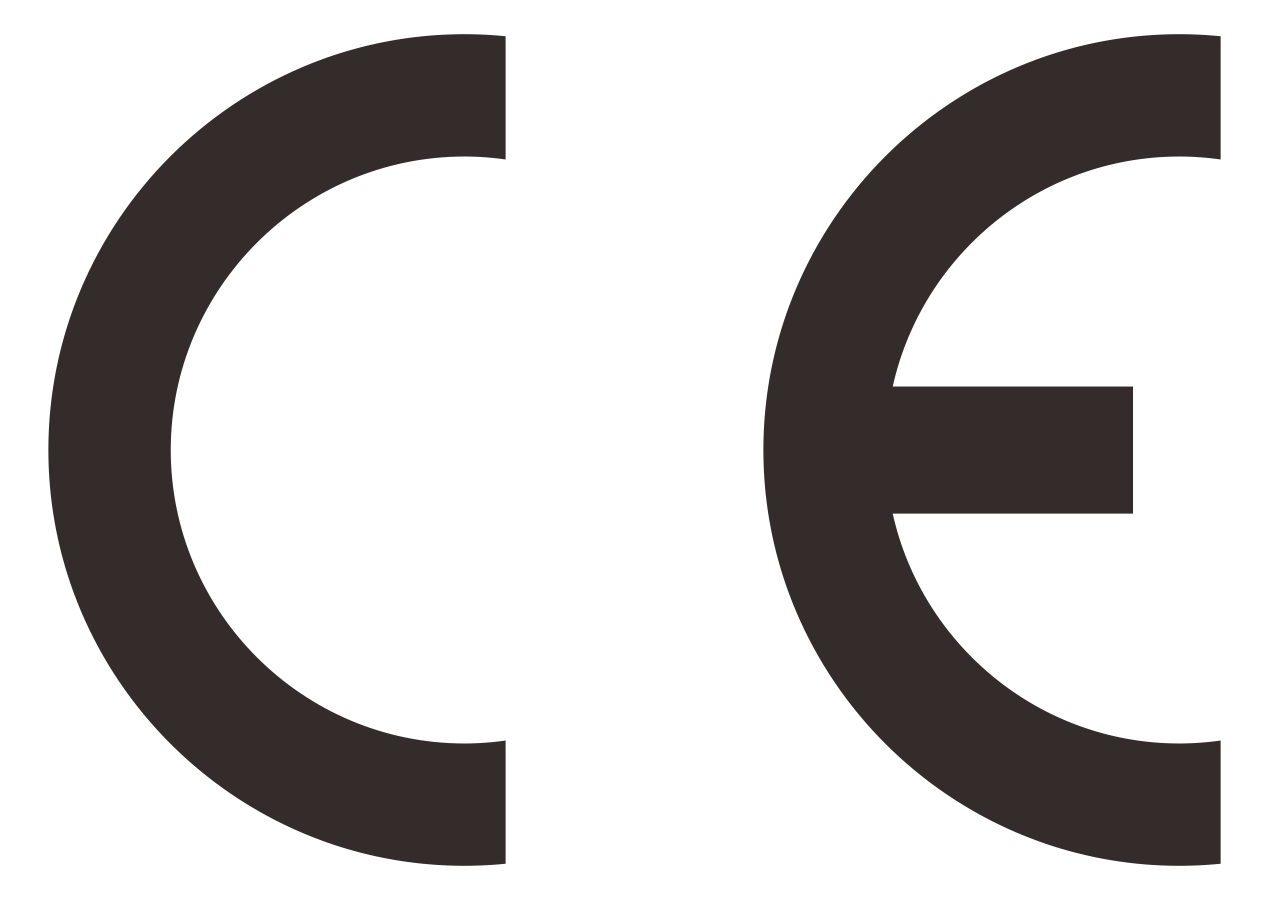
CE
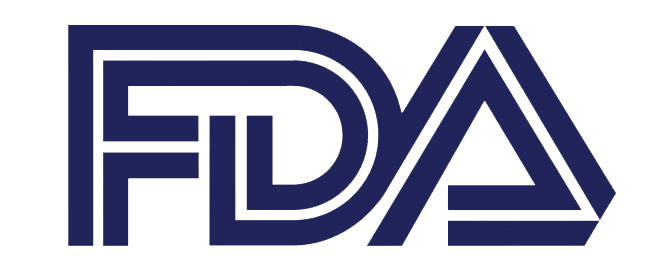
FDA
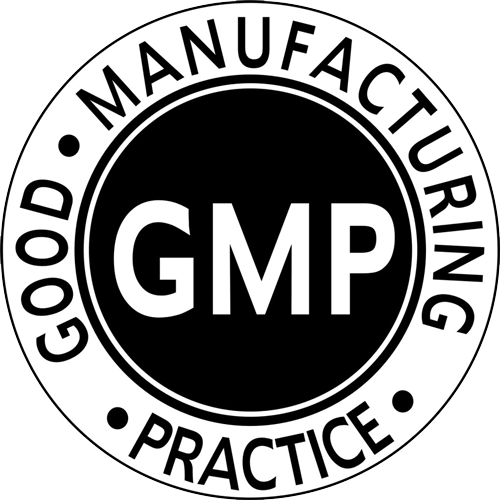
GMP



